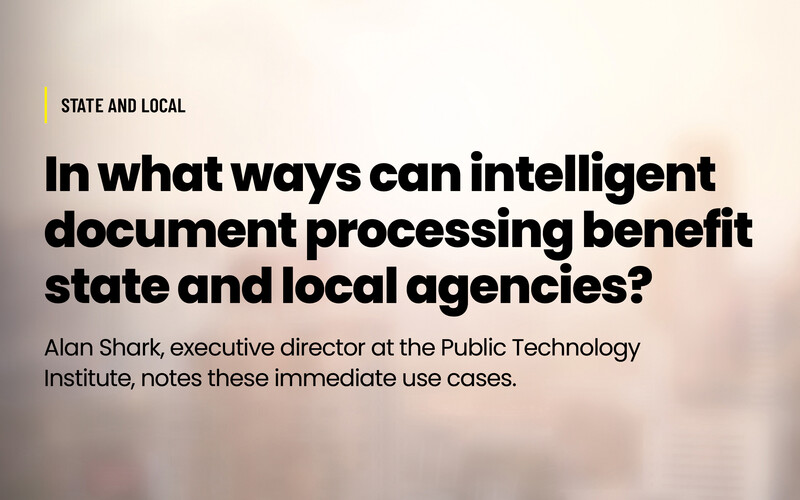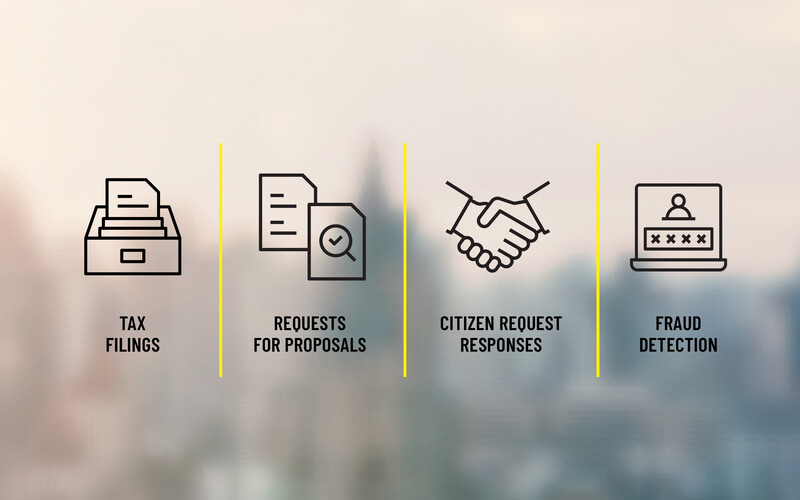Powered by AI, on-premises IDP solutions, as well as cloud-based tools such as Google’s Document AI, help make sense of information. They can automatically classify documents and extract relevant data, a powerful capability that promises to help agencies cut through clutter.
From tax filings to permit applications and service requests, AI-driven IDP “can automatically extract data from all of this, validate the data and process it a lot quicker,” says Alan Shark, executive director of the Public Technology Institute. “The biggest complaint we always hear is that it takes government so long to do all of these things. This is going to speed it up.”
Automation Helps Agencies to Gain Time
In King County, Preyapongpisan leverages Amazon Textract in several pilot projects.
“We have incredibly skilled subject-matter experts,” she says. “Our objective through these pilots is to give them more time to apply their specific expertise in their domains, to help them save time on some of these rote tasks.”
“We’ve also built a prototype tool to help us categorize the inquiries and public comments we’re receiving via our Contact Us form on county web pages. We’re able to identify emerging topics and areas for service enhancement by evaluating customer service data,” Preyapongpisan says.

















